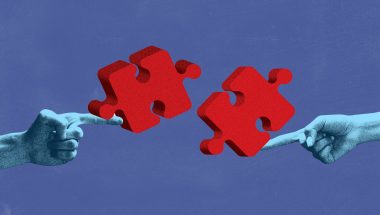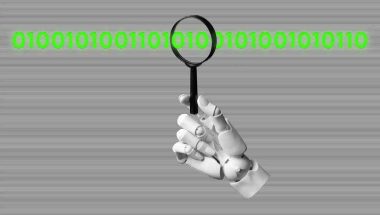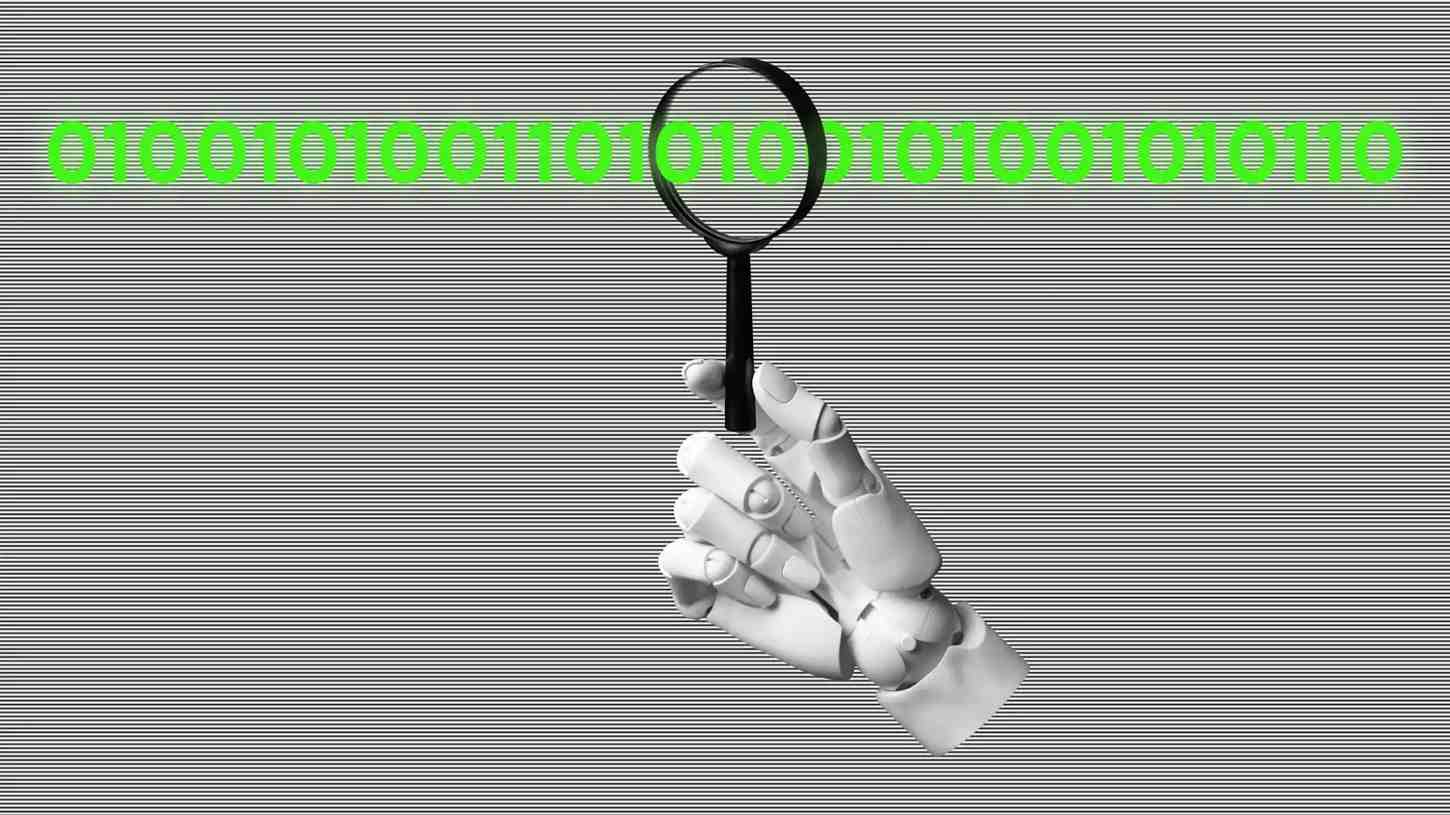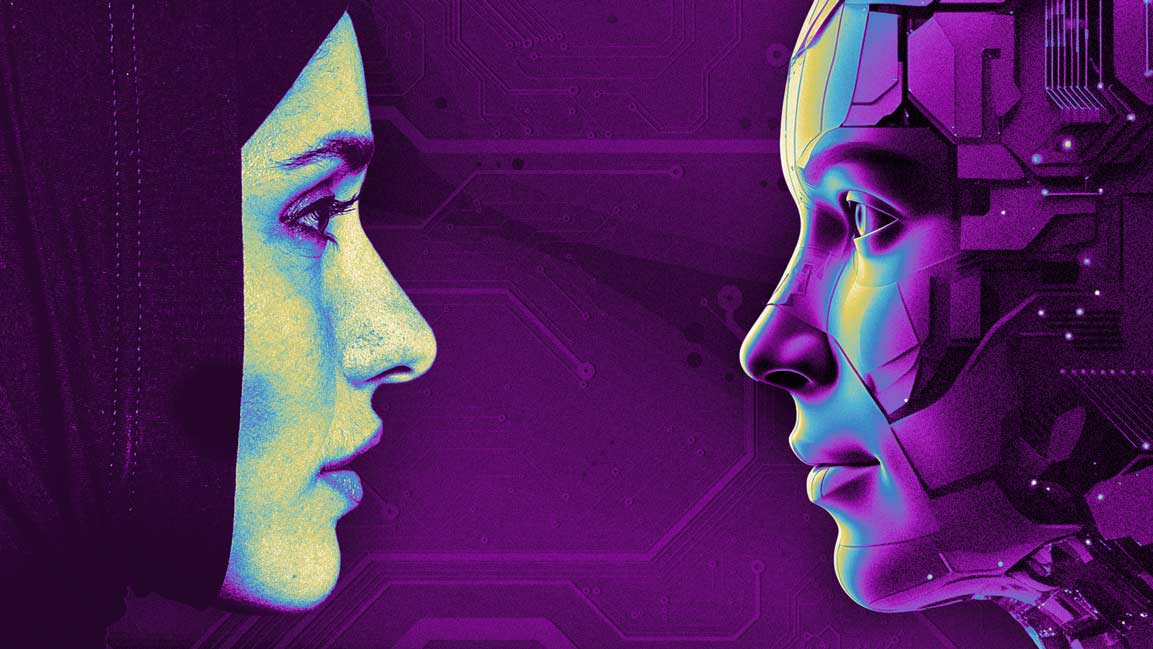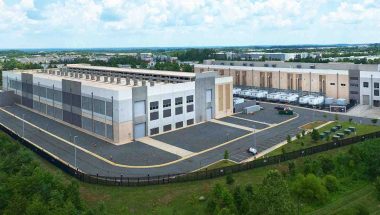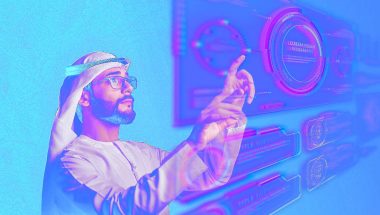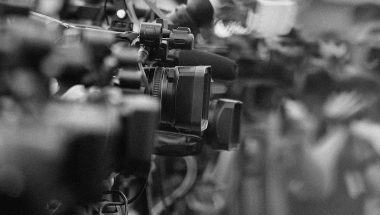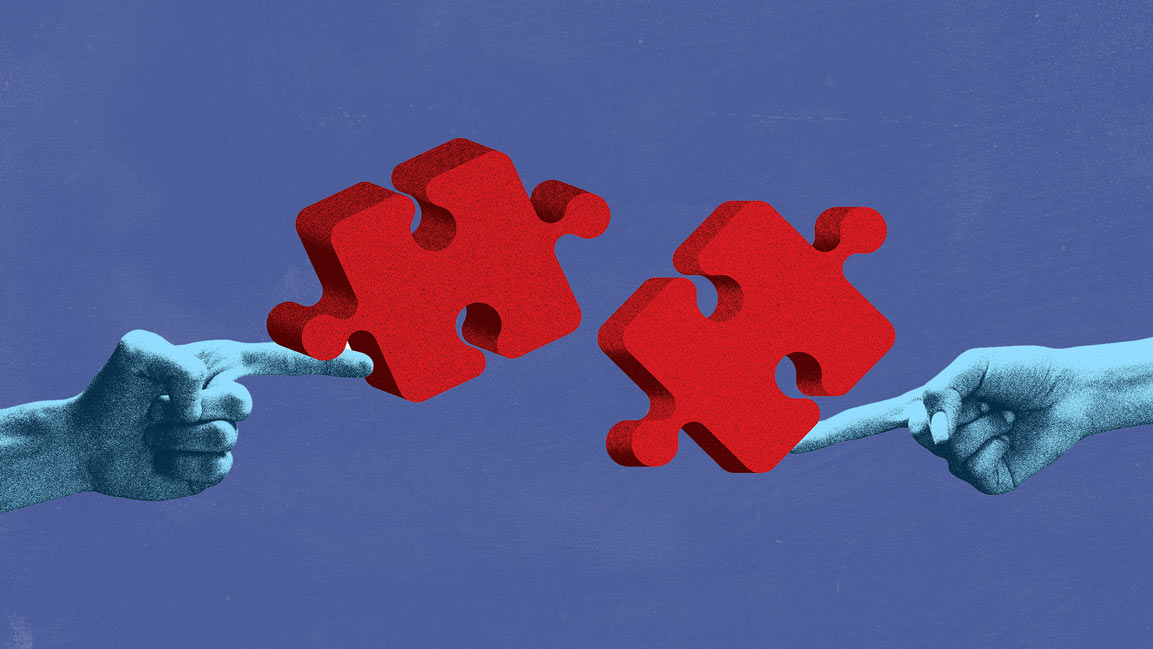- | 9:00 am
Is fear of AI holding back or fueling progress for the Middle East?
Across sectors from education and hospitality to healthcare and finance, business leaders urge a shift from fear to collaboration, where AI amplifies human potential.
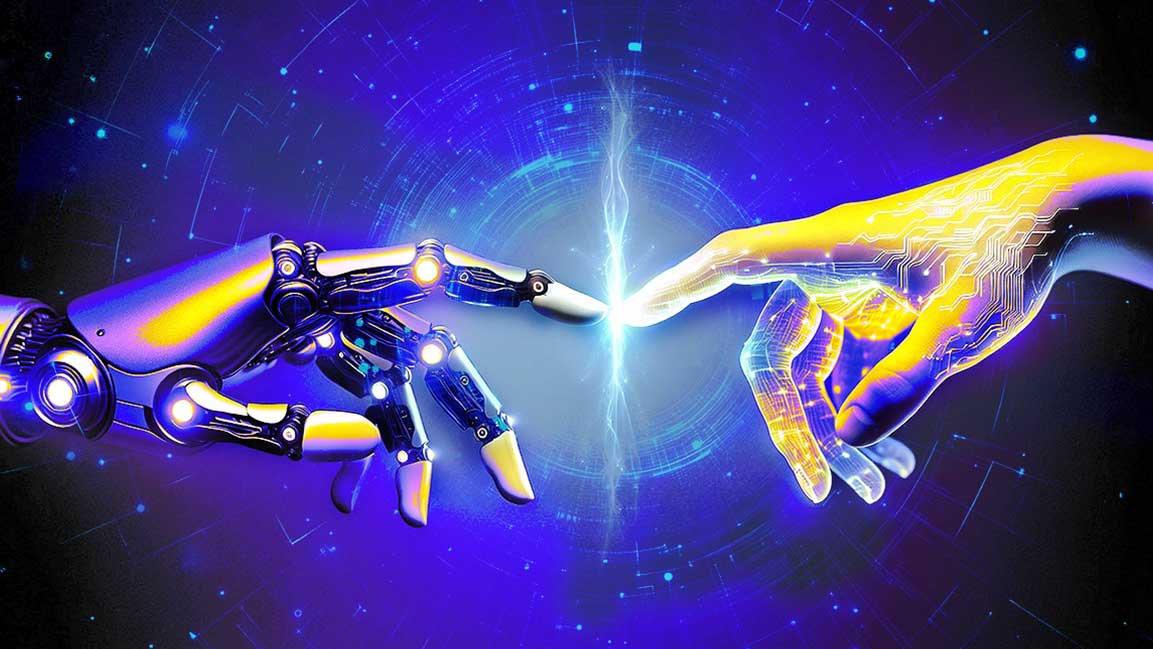
The world is at a crossroads, split between artificial intelligence (AI) enthusiasts who champion its potential and skeptics who fear its consequences. This division isn’t surprising. With a constant stream of headlines about machines taking over human functions, it’s only natural to worry.
Touching on the cultural conditioning that has long painted AI as a threat rather than a tool, David Boast, General Manager – UAE & KSA, Endava, says, “There’s this lingering fear that AI is inherently competitive with humanity — perhaps in no small part due to decades of programming by countless sci-fi movies and shows.”
Hany Mosbeh, Senior Vice President – MEAPAC at JAGGAER, explains one of the most fundamental misconceptions is that “AI can think or feel like a human.” Despite impressive advances, AI remains a product of logic and data—not emotion or intuition.
This fear extends beyond just cognitive functions. Concerns are more pronounced in sectors where the human touch is irreplaceable, such as hospitality. “One of the biggest misconceptions about AI is that it’s designed to replace people, particularly in industries where human interaction is central to the experience,” says George Kunnappally, Managing Director of Nando’s UAE.
These concerns are echoed in the tech-enabled mobility space as well. Soham Shah, Founder and CEO of SelfDrive Mobility, emphasizes that the fear of AI-induced unemployment is widespread. “A prevalent misconception is that AI will render human roles obsolete, leading to widespread job displacement,” Shah says.
Education is another field facing AI-related anxiety. But here, the narrative is more nuanced. “There are three major misconceptions about AI in education: AI will replace teachers; AI creates fair and objective learning experiences; and AI is just another tool—it doesn’t have the power to shape outcomes,” says Dr. Sonia Ben Jaafar, CEO of the Abdulla Al Ghurair Foundation (AGF).
While these concerns are legitimate and rooted in real-world anxieties, these fears don’t tell the whole story. Industry leaders have a growing consensus that we must reframe the discussion—away from replacement and toward augmentation.
A CASE FOR AI’S CAUTIOUS OPTIMISM
“The most exciting thing about AI isn’t what it replaces, it’s what it amplifies. It’s not here to be our rival; it’s here to be our co-pilot,” says Boast.
While acknowledging the importance of staying vigilant around bias, privacy, and accountability, he cautions against letting fear overshadow potential. He advocates for cautious optimism as we navigate how the human-AI partnership continues to evolve. “AI is at its best when it works with us, not instead of us. The more we lean into that partnership, the more we unlock what makes us uniquely human: creativity, empathy, and big-picture thinking,” he adds.
Meanwhile, Kunnappally sees AI as a strategic tool that empowers people. Citing an example from operations at Nando’s, Kunnappally explains how AI is used to optimize supply chains and accurately forecast footfall, which improves efficiency and frees up staff to focus on what matters most, delivering genuine, personal customer service. “In reality, AI is an incredibly powerful tool, but still just a tool. At Nando’s, we see it as a means to elevate rather than eliminate the human touch,” he says.
He also acknowledges the roots of public concern. “Is the fear fair? To some extent, yes–particularly when AI is deployed without a people-first strategy. But the real opportunity lies in reimagining roles, not replacing them.” For Kunnappally, the brands that thrive view AI not as a shortcut but as a strategic point, “layering intelligence into operations while keeping heart at the core.”
Mosbeh warns against overestimating AI’s capabilities or assuming it possesses human-like understanding. “Chatbots today can sound convincing–even empathetic–but beneath the surface, they are just code and algorithms. There’s no real understanding, just pattern recognition,” he adds. “Frankly, we don’t fully grasp the complexity of human thought ourselves–so expecting machines to replicate it is a stretch.”
Mosbeh also highlights a critical point often overlooked: “AI is not infallible.” He adds, “AI systems can be biased, make mistakes, or hallucinate entirely false information. Like any tool, it needs human oversight and critical thinking,” he notes. While the premise of common fears is understandable, he believes that both individuals and organizations “will benefit from a sound, periodic reality check–especially given how rapidly AI systems are advancing.”
Addressing concerns over AI replacing human jobs, Shah says AI is redefining roles–not eliminating them. “Another common misconception is that AI systems are fully autonomous and capable of replacing core jobs entirely,” he says. He adds that AI is transforming the nature of work, shifting the focus from manual tasks to strategic oversight.
According to Shah, the shift will require a more AI-literate workforce. “People will need to adapt, becoming experts in managing and optimizing AI tools. While AI empowers humans to strategize and enhance productivity, it still lacks true human intelligence and emotional understanding,” he says. “Everything for AI is black and white; its decisions are only as good as the data it’s fed. Ultimately, AI is a powerful enabler, but the human element remains irreplaceable,” Shah says.
DEBUNKING AI MYTHS IN EDUCATION
These themes are especially urgent in education, where misconceptions can have long-term consequences. “Let’s be clear: harmless misconceptions about AI in education are dangerous illusions that demand thoughtful intervention from the policy room to the classroom,” says Dr. Jaafar.
Take the idea that AI will replace teachers. “This is dangerously misleading,” says Jaafar. “Teaching is rooted in trust, curiosity, and human connection. AI should enhance, not replace, the educator’s role.” She warns that reducing learning to a series of algorithmic interactions risks making it transactional. “You strip away mentorship, and students are left with metrics instead of meaningful relationships that inspire growth.”
Another myth is that AI inherently creates fair and objective learning experiences. Dr. Jaafar is quick to challenge this. “AI is only as objective as the data it learns from–and that data often reflects historical inequalities,” she explains. “Left unchecked, it risks amplifying bias and reinforcing inequities under the guise of neutrality.” To address this, she stresses the importance of “strong oversight, regular audits, and inclusive design” to ensure AI expands educational opportunities instead of entrenching systemic barriers.
Even the idea that AI is just another tool understates its influence. “AI is not passive; it’s an architect of opportunity that can thrive under the guidance of experienced educators,” Dr. Jaafar says. Properly harnessed, AI can identify learning gaps, personalize instruction, and prioritize the skills each student needs most. “With thoughtful oversight, AI has the power to unlock potential, ensuring every learner receives the support they need to thrive.”
A TOOL TO AMPLIFY HUMAN CAPABILITY
As AI becomes more embedded in daily operations, leaders across sectors grapple with an essential question–how do we harness its potential without losing the human element that drives innovation, trust, and purpose?
While AI’s wider use cases are virtually unlimited, Boast believes some of the most transformative potential lies in data-intensive and high-stakes industries. “Healthcare is a big one,” he says, “and not just in the ways you’d expect.”
Boast points to anaesthesiology–one of a hospital’s most critical and pressure-filled roles–as an example of a field quietly being automated by AI.
“Imagine software that can analyze thousands of cases in seconds to guide dosage and decisions. It’s not just saving lives–it’s making doctors’ lives easier too.”
And this shift isn’t theoretical. At Cleveland Clinic Abu Dhabi, for example, AI-driven diagnostic tools–such as advanced imaging analytics–are already improving early detection and significantly enhancing treatment outcomes.
Finance, too, is being reshaped by AI. Boast notes that Endava is actively working with many of the region’s largest banks to deploy AI for everything from personalized loan approvals and enhanced customer service to automating complex back-end and compliance tasks.
Mosbeh says, “AI is already transforming how money moves–from fraud detection and risk modeling to algorithmic trading. These aren’t experiments; they’re live, high-stakes applications making a real impact.”
Sustainability is another frontier where AI’s promise holds. “Whether it’s managing energy consumption or monitoring environmental impact, AI can help us make smarter decisions at scale,” Boast says.
Retail and eCommerce are also leading the charge. “AI is driving personalized shopping experiences, optimizing inventory management, and helping brands accurately predict demand–all of which translate to better customer satisfaction and stronger margins,” Mosbeh says.
However, Mosbeh sees the most exciting potential in sectors that haven’t traditionally been digital-first. “Manufacturing is using AI for predictive maintenance and production automation, while transport and logistics are leveraging it to optimize routes and even assist autonomous navigation,” he says. “This isn’t just digital transformation, it’s transformation at speed and scale.”
Shah says AI enhances mobility by providing “route optimization, vehicle diagnostics, and user personalization” in addition to these industries.
Meanwhile, Dr. Jaafar believes that AI holds immense educational potential, and offers a powerful opportunity to close gaps and extend access to education. “It can identify where students are struggling, personalize support, and reach underserved communities in ways traditional systems have struggled to do,” she says. “The hope is that it can bring quality education to places it’s never reached before–breaking down barriers of distance, access, and equity.”
With a global teacher shortage projected to hit 44 million by 2030, she notes that AI could also help alleviate pressures in the classroom. “If used right, it can free up teachers to focus more on what matters most–meaningful human connection and mentorship.”
Still, she cautions that this promise is “not automatic or guaranteed.” Realizing it, she says, demands “ethical design, transparency, rigorous oversight, and proper planning from the policy room to the classroom.”
Meanwhile, Kunnappally sees AI not as a threat to hospitality but as a powerful ally. “It enables us to understand our guests more deeply, offering personalized dining suggestions, tailored promotions, and even anticipating preferences based on past visits. That allows our teams to focus on what they do best: delivering heartfelt, attentive service.”
From AI-powered sentiment analysis to streamline customer feedback in real-time to smart chatbots that improve online ordering and inquiry resolution, Kunnappally believes AI is transforming the back and front of the house. “Predictive analytics also helps us manage inventory more efficiently, which reduces waste and improves our sustainability efforts,” he adds.
Experts agree that the conversation about AI needs to be reset. It should acknowledge fears, challenge hype, and reorient the focus from replacement to collaboration.
As industries evolve, AI will not replace humans but elevate our capabilities-helping us to work smarter, make better decisions, and focus on what truly matters: the human connection.








